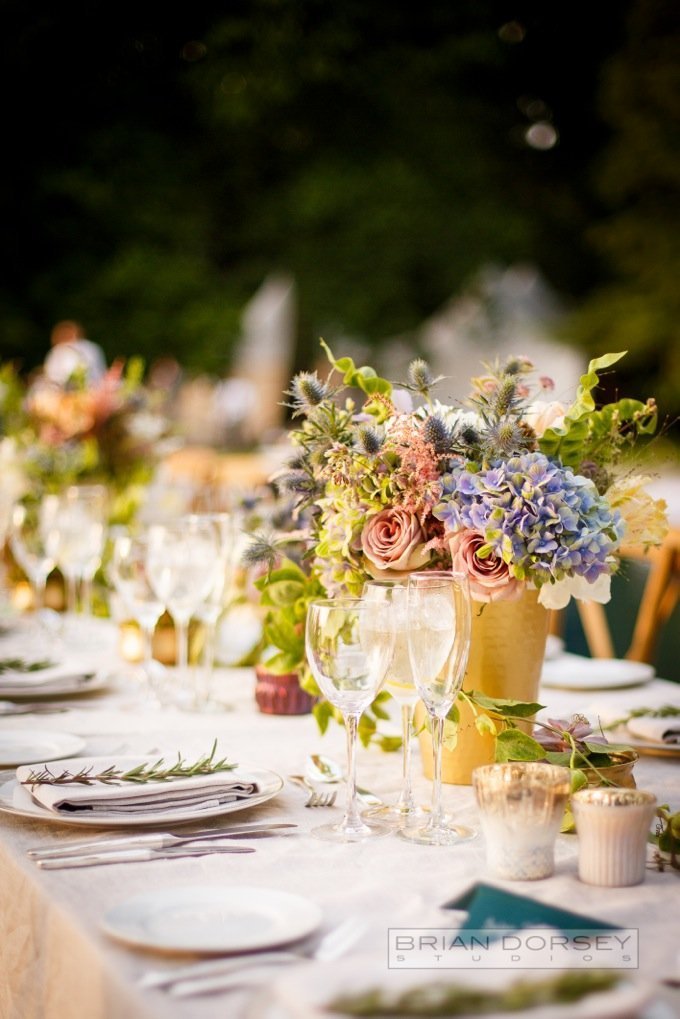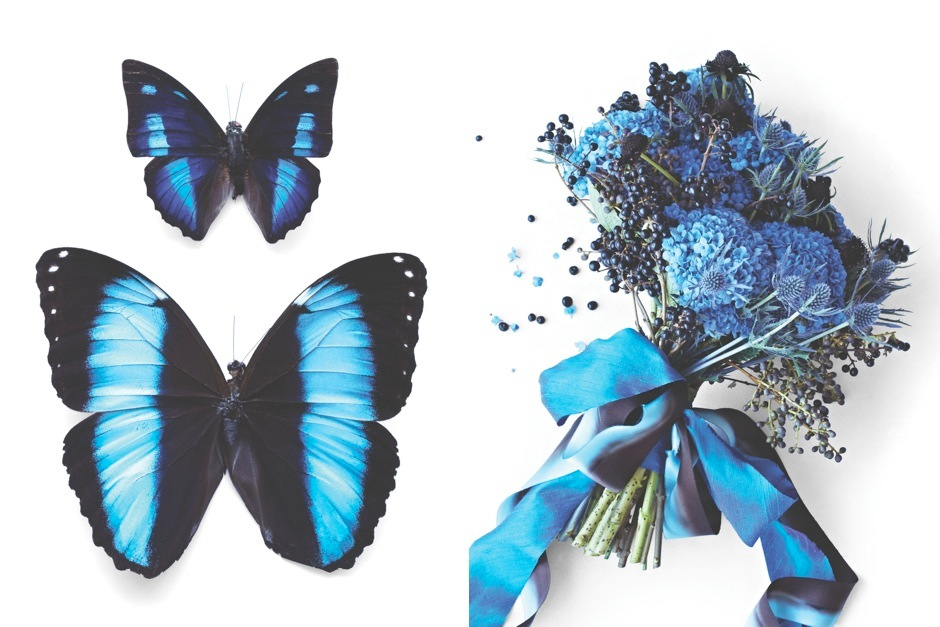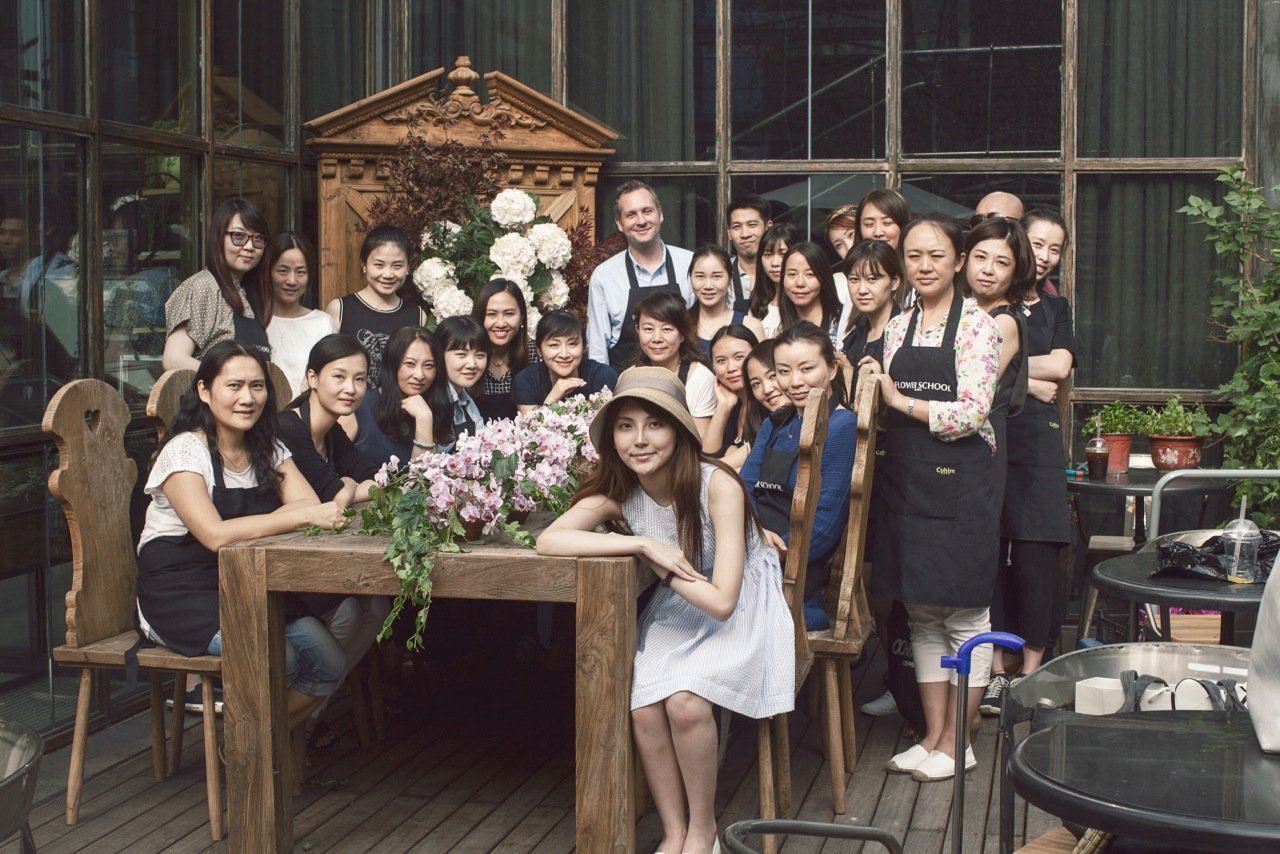Today we bring you an interview with the fascinating Su Blackwell, a talented and creative lady who makes intricate art-works from every-day objects, and transforms books and clothes into spectacular three-dimensional forms.
“Paper has been used for communication since its invention; either between humans or in an attempt to communicate with the spirit world,” Su says. “I employ this delicate, accessible medium and use irreversible, destructive processes to reflect on the precariousness of the world we inhabit and the fragility of our life, dreams and ambitions.”
In 2011 Su set up her own business to work on a variety of projects, commissions and collaborations. Since then her exquisite work has been on display in galleries and museums all over the world and she has turned her hand to art-direction for commercials for clients such as Crabtree and Evelyn, Nicole Farhi, Volvo and British Airways. She has also designed fabrics for Liberty London, illustrated The Fairy Tale Princesses for Thames and Hudson Books and designed the set for The Rose Theatre’s production of The Snow Queen.
We were excited to hear more about her story… ~ Rachel
 Working on a commercial project
Working on a commercial project
1. How are you ‘doing what you love’?
I’m doing what I love because I’m resilient, stubborn, rebellious, passionate and slightly obsessive about my work with paper. After leaving school and trying my hand at lots of different things, I stumbled into a textiles course run by the local college. While studying, I applied to local crafts markets, and I got a buzz out of people wanting to buy things that I’d made. I think this gave me the building blocks for understanding business early on. I continued to study art and textiles at BA and MA level, and was always hands on when it came to selling my work or working voluntarily within the community. During my studies, I gained a lot of different experiences, before becoming self employed, and eventually setting up my own company in 2011.
2. Tell us about your childhood; what did you do for fun and what did you want to be when you were growing up?
I liked making my own entertainment and was happiest playing on my own in a small bit of woodland at the end of the cul de sac where I grew up in Sheffield. I built dens, climbed trees and imagined different Worlds. I dreamt of being an art student, but I didn’t dream of being a working artist, that just wasn’t in my vocabulary as a child. I remember going to the careers advisor at school, and saying I wanted to do something creative, and I think they suggested teaching. I didn’t have a formal art training until I was 20, and before that I used to paint and draw and keep scrapbooks from cut out pictures in magazines that captured my attention.
 Me painting, aged two
Me painting, aged two
3. When did you first start making sculptures from books?
The first book sculpture I made was using a book called The Quiet American which I bought on the Kao San Road during a month long trip to Thailand in 2003. It had beautiful, pictorial Thai inscriptions in the margin, and this provoked me to think about the book’s history, and how I could turn it into something tangible, and give it extra dimension above and beyond the text.
My father had passed away while I was studying at the RCA, and I was thinking about life, death, and the in-between. I cut moths from the book with a craft-knife. The piece was inspired by a Chinese legend, about two lovers whose souls re-emerge from burnt ashes in the shape of two moths. I felt bad cutting into the first page, but I had courage in my conviction knowing I could turn it into something magical. I began working with paper, because of its connection to spiritual rituals that I encountered in South East Asia and this was the beginning of what has become knows as my book-cut sculptures.
 My very first book sculpture: The Quiet American
My very first book sculpture: The Quiet American
4. What are your favourite books and have these inspired any of your projects?
I think stories were an integral part of my growing up, I could identify with the characters in the books that I read. They opened up possibilities outside of my normal life. At school, I always felt like an outsider, looking in.
I especially love fairy tales, they are part of the national psyche and have such a universal appeal. I’m particularly drawn to European fairy tales by Hans Christian Andersen and The Brothers Grimm. These stories have been with me since I can remember. Fairy tales work on so many levels, therefore they are an endless pot of inspiration.
5. Where do you find the books you use for your art and do they always inform the narratives you create?
I lived and worked in Carlisle when I left college and by chance I found an amazing treasure trove of a second hand book shop, a huge palace full to the brim with musty leather bound books on five floors. The top floor housed all of the very rare antique books, books which were in locked cabinets, and required an effort to view. There they had there a section of children’s books, like Alice in Wonderland, Chronicles of Narnia and The Secret garden. These are books that I had adored as a child, but had forgotten about into adulthood. Rediscovering them brought back memories and connotations associated with my childhood. Books like Alice through the Looking Glass and The Secret Garden have beautifully preserved illustrations from a bygone era. I bought a huge bundle of books, and then I started one by one to cut out the illustrations and create scenes around them.
Now I make a concerted effort to visit second hand book shops and to trawl through their dusty shelves, picking out books which appeal to me in one way or another. The book has to resonate with me somehow, either in an illustration, or in part of the story. I need that spark of inspiration. The books always provide the narrative, and core inspiration for the work.
6. You must have an amazing imagination, great vision and incredible concentration to create such magical works. Are these traits that come naturally or are they skills that you’ve worked to develop over the years?
I have honed these skills over the years, but I think they were skills that were always there. I have always been very imaginative. As a child, I was given a lot of freedom, freedom to be by myself and make up stories and games. I think that’s important for children.
7. What does the process of making a book sculpture involve?
I start by reading the book, and then thinking about the work, and what I want to say. I start by sketching a few ideas. I usual have a general idea of what I want to create, and I will do some research, and some more in depth drawing. I then draw templates, and trace these onto the pages of the book, and cut the templates out with a sharp scalpel. It’s very complex working on such a small-scale.
If I’m making a sculptural object, I sometimes use wire to make a model to wrap the paper around. When I think the sculpture is nearly complete, I add the lights, and a bespoke box is made to house the sculpture. The whole process from start to finish usually takes between six and eight weeks.
8. What materials and techniques do you use most in your work?
I try only to use the material that I am deconstructing, whether that be the pages of a book, or say the cotton material of a garment, I try to use in essence only that same material. Occasionally, I need to use wire or balsa wood to strengthen the models, and glue, that’s about it.
9. When, and why, did you start lighting your sculptures?
I began to use light in my work because I wanted to create shadow, and make the invisible more visible. I look at it like theatre design, where the lighting plays an integral part.

10. What’s a typical day like for you?
I live just a few minutes, walk from my studio in West London. I get to the studio for 7am with a coffee, and then I work until 7pm. I make a list of what I’ve got to do each day and I work through the list. There is always something to keep me busy. I’m happy working on my own, but I have an assistant who works with me a couple of days a week, and it’s great to speak to her about the projects we’re working on.
 Stills from a music video I worked on
Stills from a music video I worked on
Each working day can be quite different from the last, and each day brings with it new challenges. I never know what the next project that comes through into my inbox is going to be, and that keeps it exciting. About 70% of the projects proposed to me, don’t make it into reality. You get quite good at being able to tell which ones will make it, but there are some surprises. Work has taken me to places I wouldn’t normally have travelled to. Recently I was invited to work on a big project in Kuwait City.
11. What do you do to relax?
I’m relaxed when I’m working, and when I’m not working for a period of time, I start to feel anxious.
It is important for me to be able to switch off from work occasionally though, and my 3-year-old daughter sees to that. I make sure I take at least one day off a week to spend with her. She is great fun. We often go to Kew Gardens or Syon Park for a walk and for lunch in the café, and in summer I take her camping or we go to a music festival.
12. Tell us about some of the amazing projects you’ve done in the past. Which ones have you most enjoyed?
For the work that I did, the Bronte project was the one of the most enjoyable. I was given free reign of the Bronte Parsonage to install my art-works into their collection. Thinking back, it was quite a brave thing for the Parsonage to do. I loved the opportunity I was given there.
 A project for The Bronte Parsonage Museum, Haworth, West Yorkshire: working in the Bronte’s bedroom
A project for The Bronte Parsonage Museum, Haworth, West Yorkshire: working in the Bronte’s bedroom
 The work I did for the Bronte’s nursery
The work I did for the Bronte’s nursery
For the people and experience, it was probably a project I worked on in Jakarta, Indonesia, where I art-directed a music video. It was a huge project with a low budget, but it is such a different culture out there, they made it seem like anything was possible. There were no health and safety issues at all, you just came up with a crazy idea and they made it a reality. After we finished filming, everyone (cast and crew) went around hugging and thanking each other. It was really beautiful.
13. What are you working on at the moment? And are there any exciting projects planned for 2016?
I am moving house next year, moving out of London to be by the sea, and so I’m not taking on any big projects for 2016. Rather, I’m working on commissions for book sculptures, am exploring the possibility of an animation project, and will be exhibiting some dress installations in Museum Sinclair near Hamburg in Autumn 2016, which I’m really excited about.
14. What’s your ultimate dream?
I’ve never had an ultimate dream. I prefer to let things happen naturally, and like a leaf blowing in the wind, see where life takes you. I feel that that when you’re open to new possibilities, rather than being set on making your ultimate dream a reality, life can throw you some wonderful surprises.
For more information about Su and her work watch the video below and visit www.sublackwell.co.uk
Su Blackwell on CBBC Channel from Su Blackwell on Vimeo.














 Image credit: In the eye photography
Image credit: In the eye photography
































